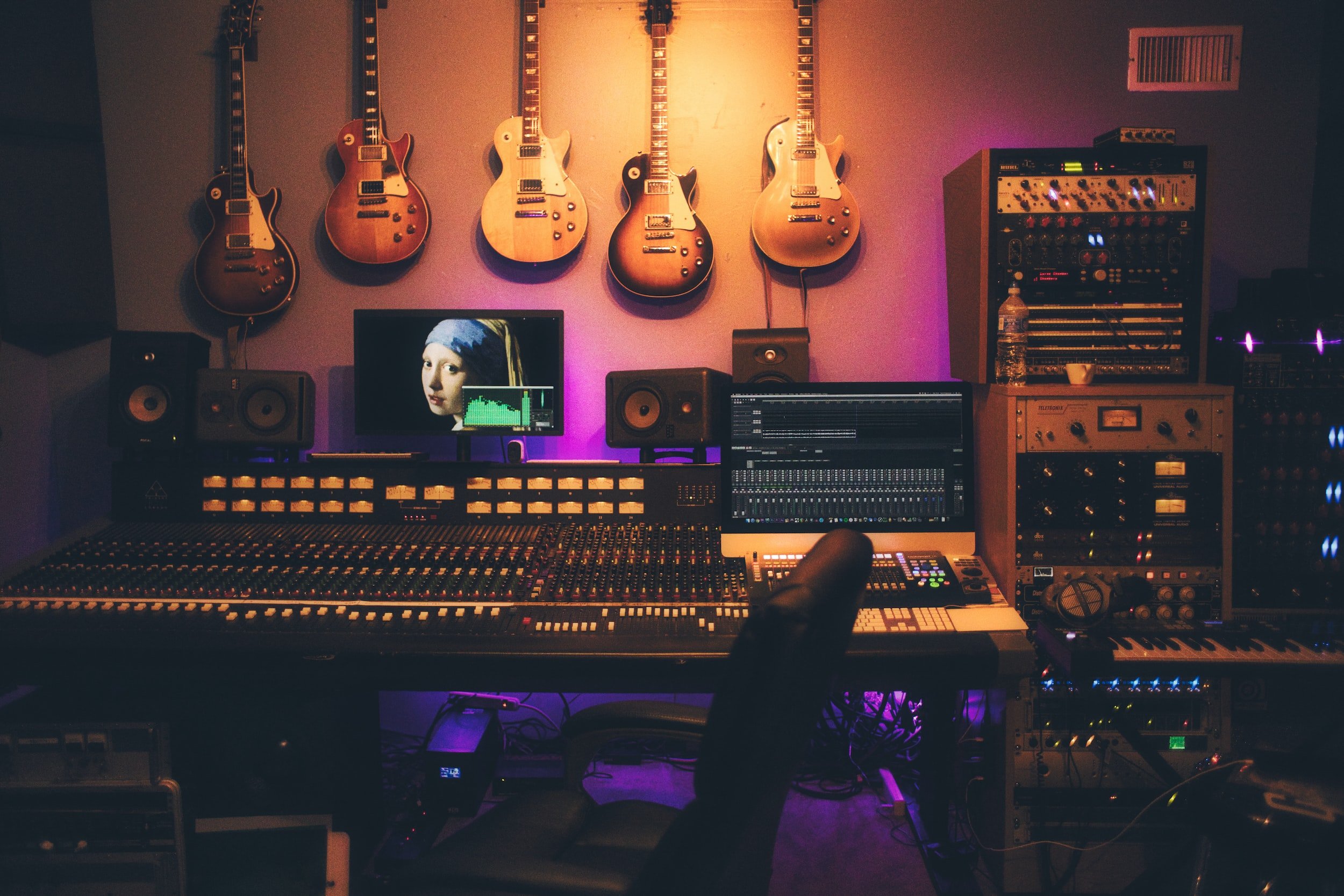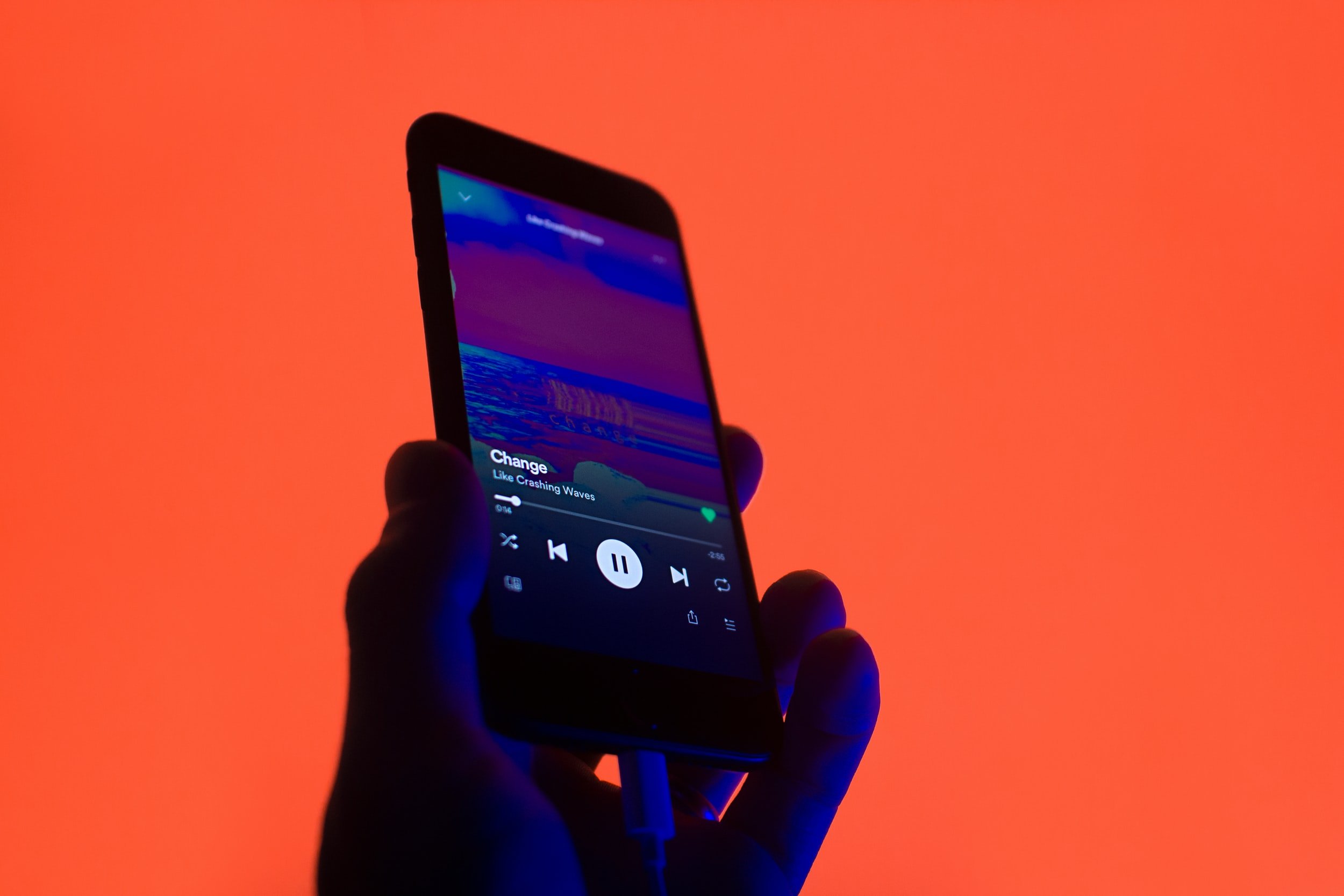Machine learning has become a significant aspect of music production, with the rise of digital technology and reliance on Artificial Intelligence (AI) in Digital Audio Workstations (DAWs). Music studios, sound engineers, songwriters, and independent artists with access to computer software can easily sift through virtual instruments and develop customized mixes.
How do things like virtual instruments and AI technology shape music production? Here’s a glimpse into what the future looks like with the growing popularity of such products and services.
Digital Audio Music Production
Technology growth has always contributed a crucial role in the music industry. Production software incorporates loops, pedals, and multi-track recordings which have assisted in the transformation of music.
Before the days of AI, you could utilize audio software to create beats more efficiently, as well as go through the track to mix and master the sound for high-quality recordings. Some common production effects used in audio editing for your DAW include:
Reverb (studio effect that provides echo, helps make the sound more full)
Noise Gate (eliminates ‘extra’ sounds for clarity)
Pitch adjustments (to keep the vocals or instruments in the proper key)
Speed/time stretch (tempo adjustments for quicker transitions for a polished sound)
Altering the sound by adding effects is not something new. However, with the rise of AI software gives music artists the ability to create and release a complete album without having to tweak a single musical bar or line; it’s already done and polished, ready to play.
AI in Music Production
There are multiple AI programs out there for the music, including Google NSnyth, AIVA, and Amper. You can use it to reimagine and adjust existing music tracks or create an entirely new song from scratch. With virtual instruments, you can play with the click of a button, and you can compose your own music without the need for playing a genuine instrument.
Spotify is one of the biggest applications for music service and streaming. They adopted AI early, pushing limits to see how to analyze factors like playlist analysis, geographic location, keyword searches, and music preferences for listeners. It provides a more personalized and highly attentive experience.
Other streaming services have followed suit, using features to indicate or suggest new songs, build playlists, and analyze the musical choices of their listeners. It’s considered a helpful quality, bringing curation to the data that’s received.
How is AI Shaping Music Production?
It’s becoming obvious that AI likely is going to replace traditional music-making techniques. It has several uses to make it produce music that could be indistinguishable as to whether or not it was created by hand or with AI. Virtual instruments can be created by inputting particular data, and the AI can make the instruments sound as if they were being played by a master.
So, how does it do this? Data that describes music can break it down into genre, emotion, styles, and specific instruments that are used to compose a song.
The application gets anything required to do the task and then develops a song note for note. Usually, then the song is converted to audio and is mixed and mastered to sound just like it was made in a high-quality sound studio. The crazy part is that it only takes seconds.
Now, AI can make music easy for content creators. Particularly when it comes to things like licensing music for YouTube videos, since using AI you can always compose your own music for your channel, so you don’t need a license. But, watch out - there’s always the possibility that compositions can sound alike and it may be confusing for YouTube’s algorithms.
Example of AI in Music
Ai can create songs that sound similar to those musicians who have passed on - think Amy Winehouse, Jimi Hendrix, or Kurt Cobain, for instance. Sony used technology with Flow Machine’s AI to create an entirely “new” Beatles song. The program was created with Sony CSL Paris. They took information regarding the group's previous arrangement within the program and music production created the song.
Songs can be made through the AI program by utilizing something around thirty or more pieces by the musician or artist. It will focus on things like chord progressions, instrument solos, lyrics, voices and melodies, and rhythms. A question that isn’t completely understood yet is how well can the AI imitate the members of the original groups through virtual instrumentation and vocals.
The recordings allow any person to listen to interpretations of great musicians. The AI used for AIVA’s intent is more for a soundtrack and background music purposes, with no intent to replace human composers. So, it is utilized as more of a tool to help boost the creativity in artists developing original works, and on the plus side, can be a significant attributor to writer’s block.
The Future of AI in Music
Audio processing is where AI in music has a solid future. Machine learning can pave the way for new sounds to be made, possibly even an entirely new genre of music within the industry. AI can master processing operations since it already can promote, polish, and distribute musical tracks for artists.
Deep learning technology applications save time for artists with inspiration. You can take a song idea in your head and create the track for it in almost no time, demonstrating just how powerful this AI technology is in allowing you to quickly convert and monetize your own music compositions.
Does AI Software Squash Musical Creativity?
While some argue that it takes away from creativity, or even replaces it altogether. But AI can help to enhance productivity for musicians.
With this technological advancement, independent artists and those working in the studio can spend far more time being creative with the sounds and music that’s being made. Its purpose will assist in broadening the market of music as a whole, giving people the opportunity to explore new avenues.
The dilemma that stems from AI software is that music applications evaluate market and consumer behavior in addition to composition, performance, and music production. But, will it put an end to people playing instruments or singing their own songs? The future isn’t clear, but it doesn’t seem that the appreciation for genuine on-stage artists is going to go away anytime soon.
AI is a way to give creators and other budding musicians the ability to convert ideas and concepts into real music. While it won’t win you any music awards, it can help include analytical abilities and expand the boundaries of music. The future of AI with music production will be a great tool for more collaborations.
Written By Nicole McCray
-
If you need help with your music, we offer audio production and online mixing and mastering services that will help you elevate your sound and bring your song to life!
We look forward to being a part of your success.






















